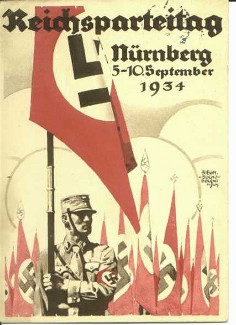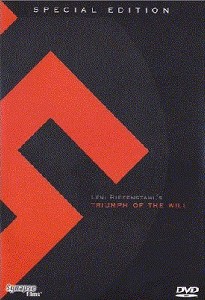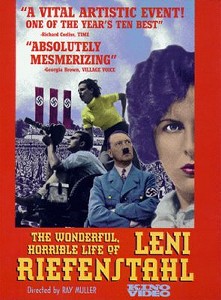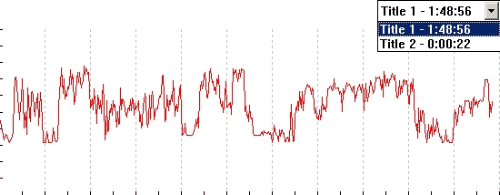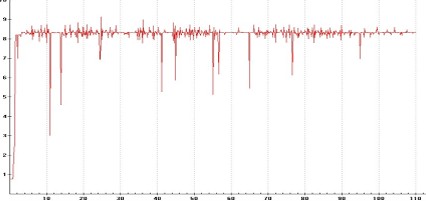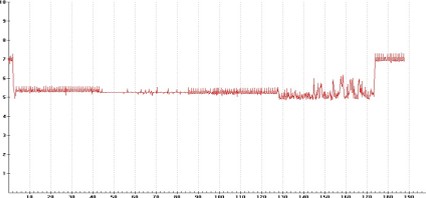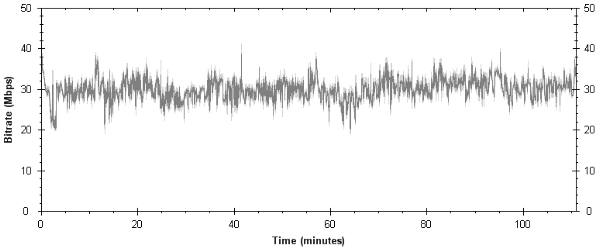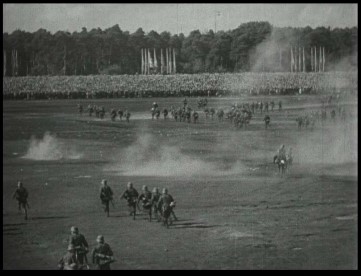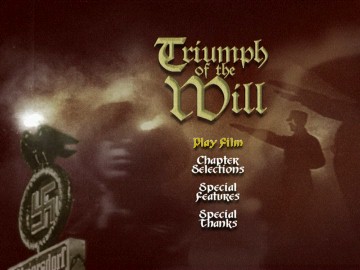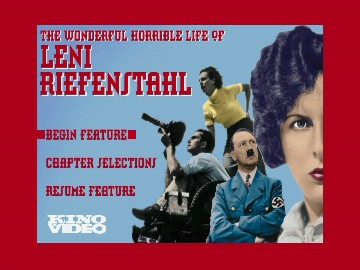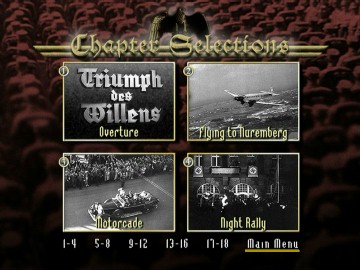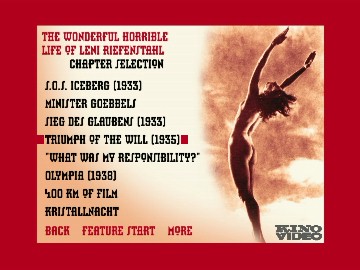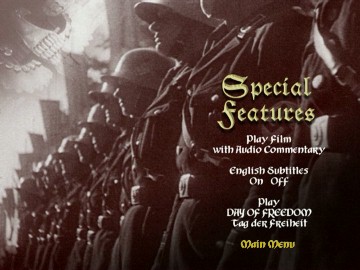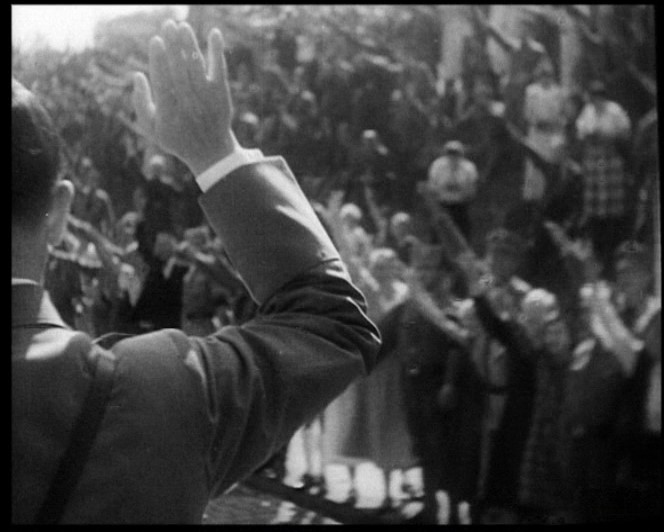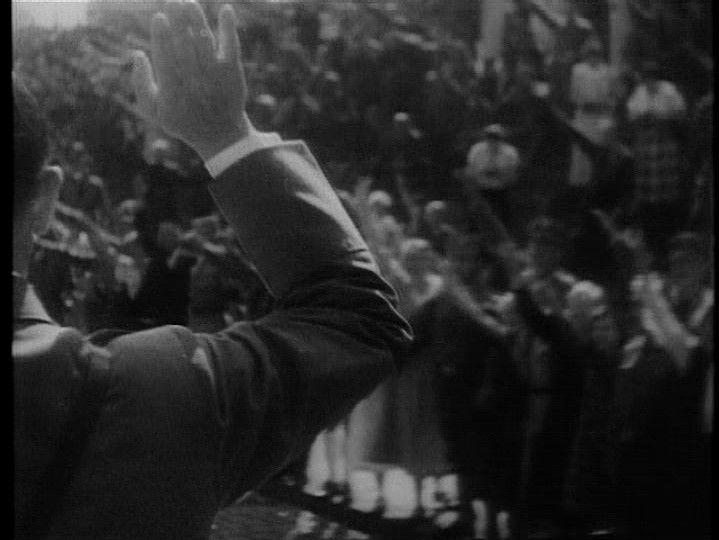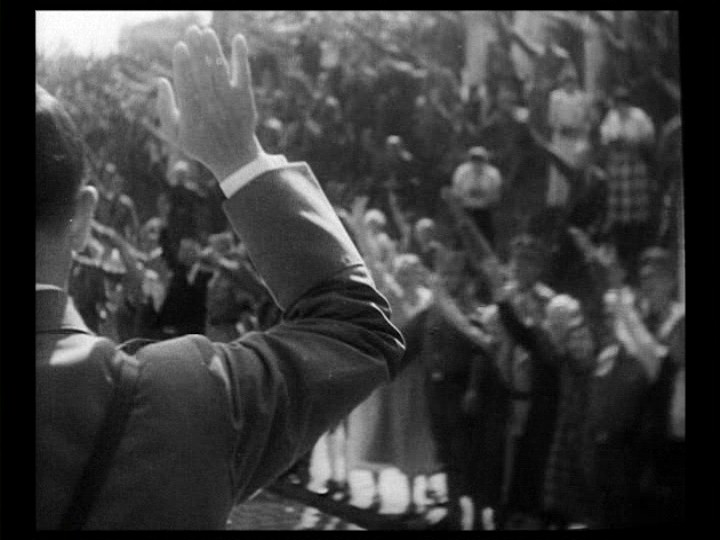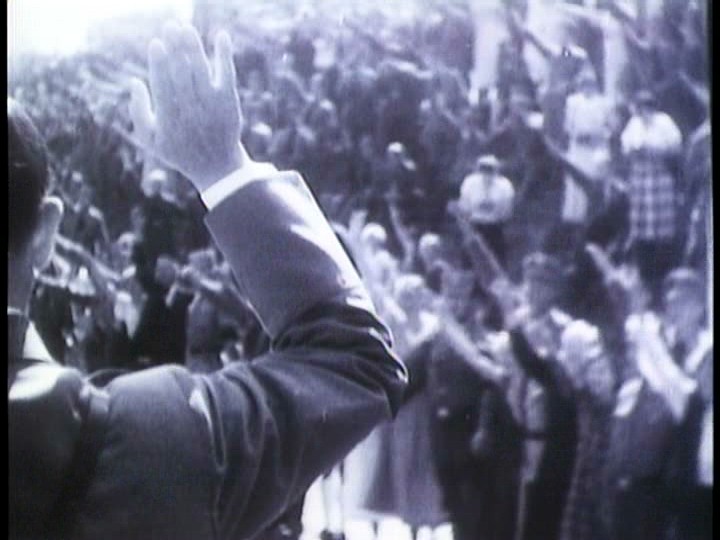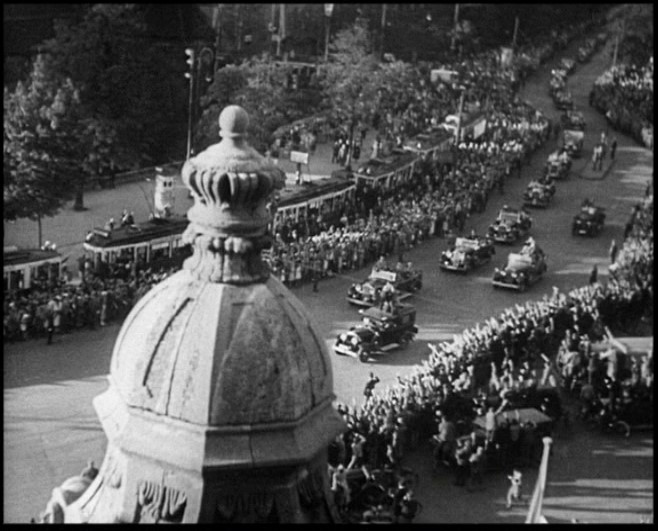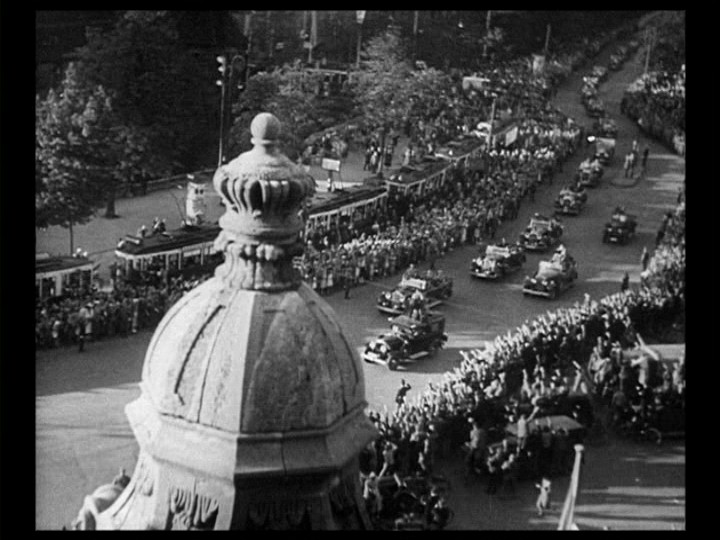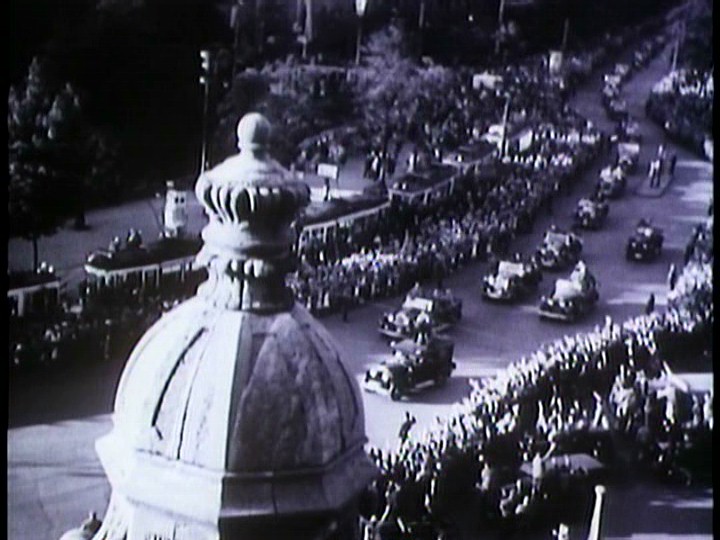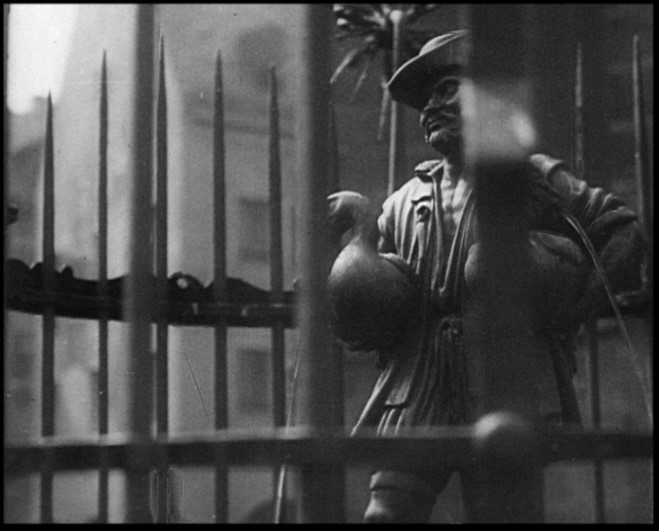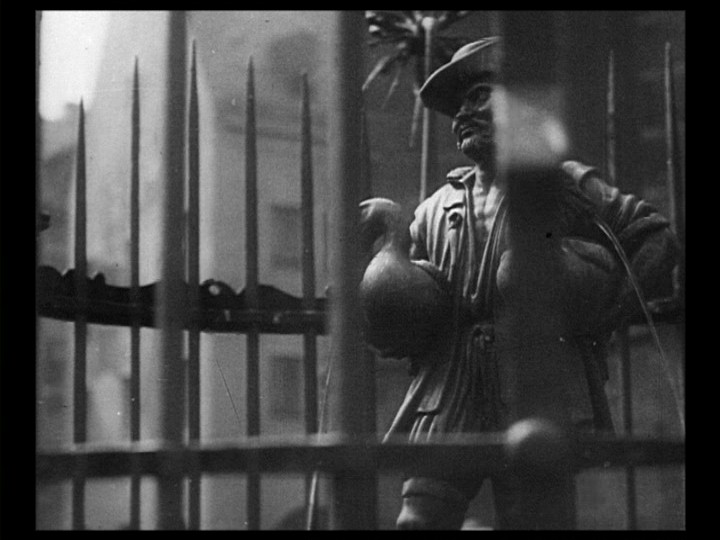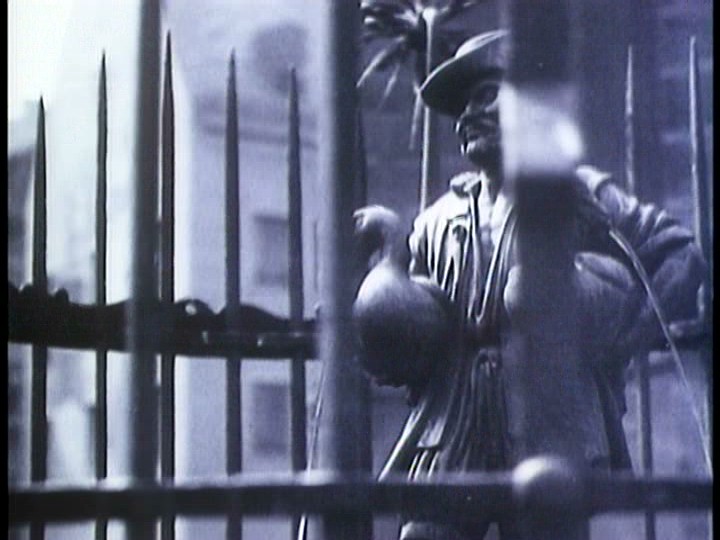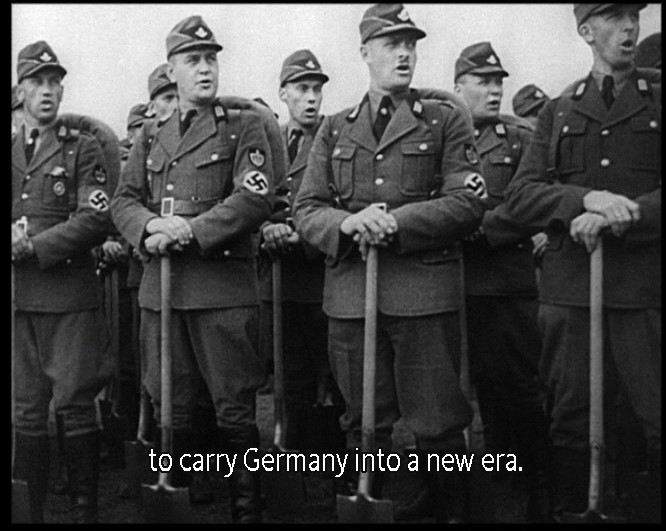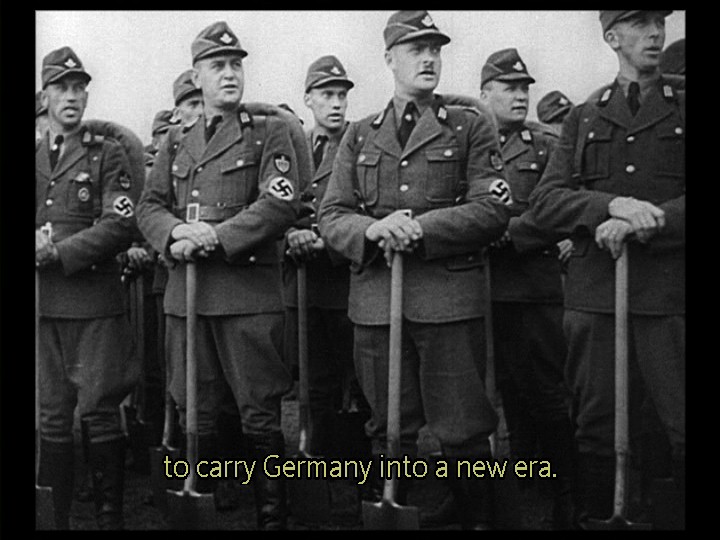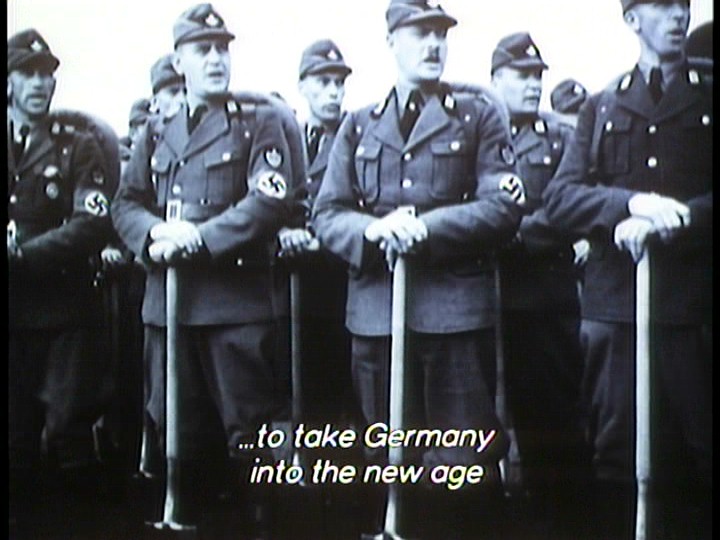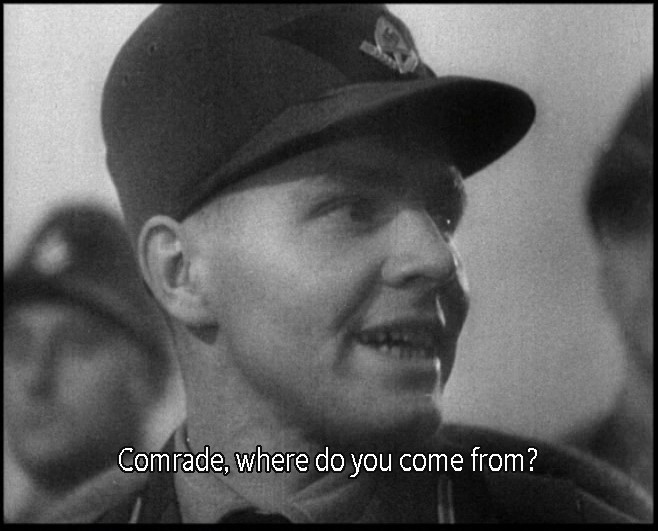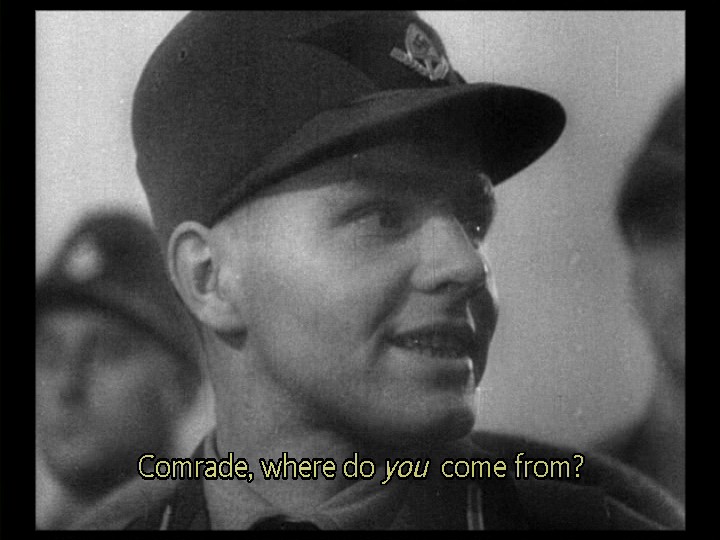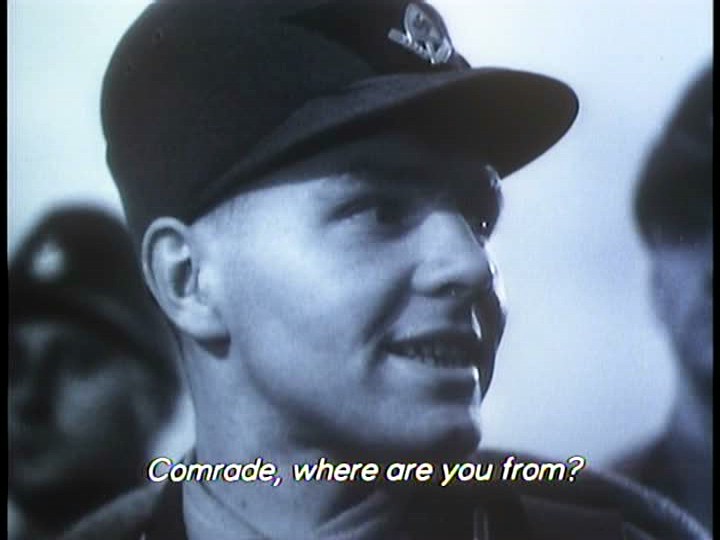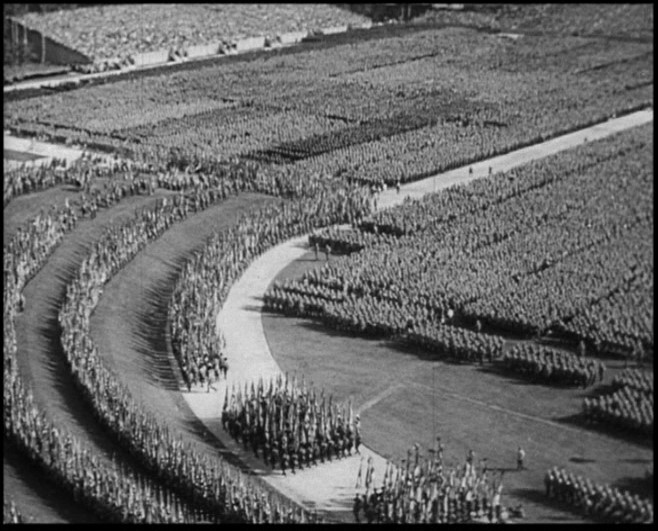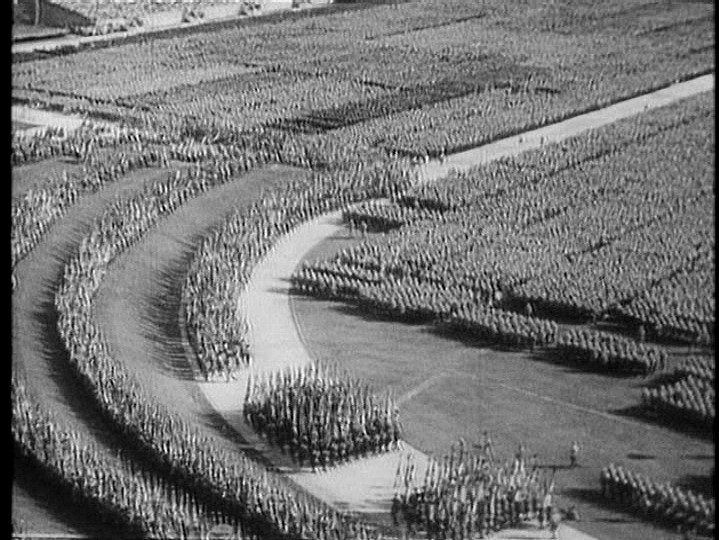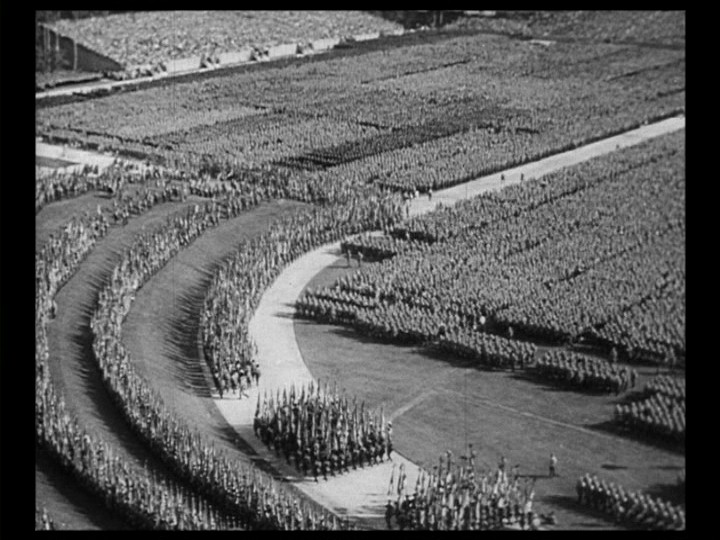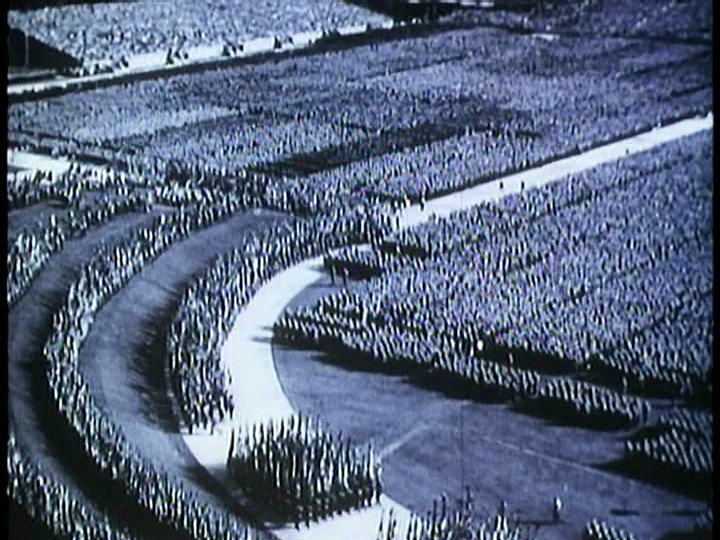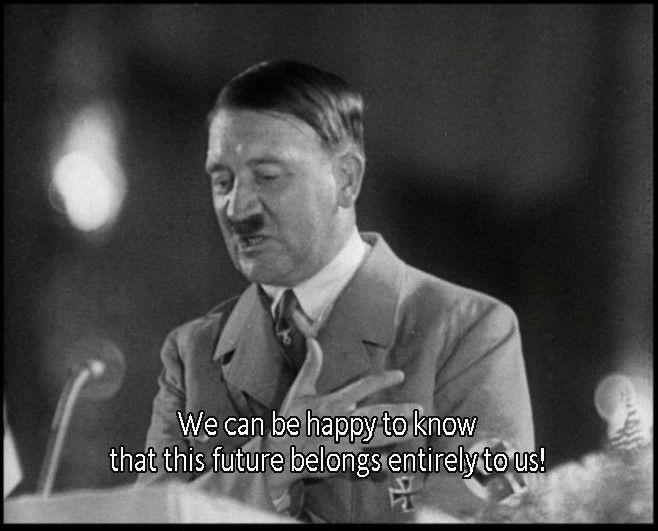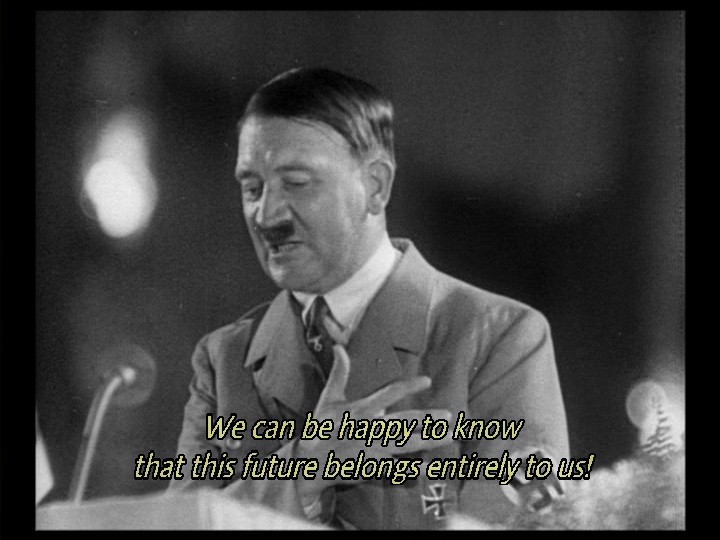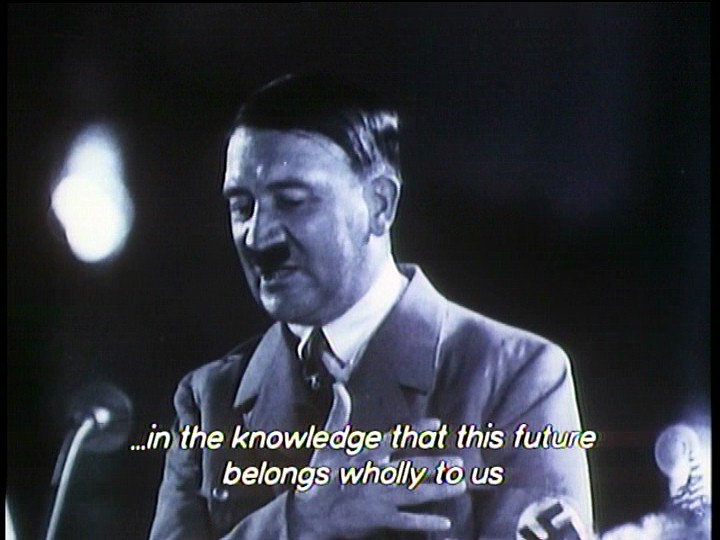![]()
![]()

![]()
![]()
|
Search DVDBeaver |
S E A R C H D V D B e a v e r |
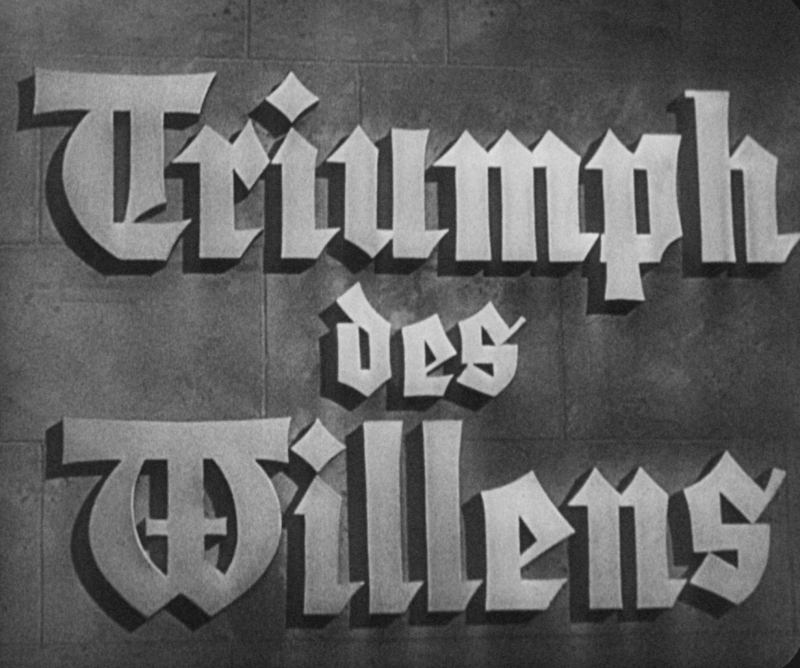
(aka "Triumph des Willens" or "Triumph of the Will" or "Das Dokument vom Reichsparteitag 1934")
directed
by Leni Riefenstahl
Germany 1935
|
Triumph of the Will is one of the most important films ever made. Not because it documents evil--more watchable examples are being made today. And not as a historical example of blind propaganda--those (much shorter) movies are merely laughable now. No, Riefenstahl's masterpiece--and it is a masterpiece, politics aside--combines the strengths of documentary and propaganda into a single, overwhelmingly powerful visual force.
Riefenstahl was hired by the Reich to create an eternal record of the 1934 rally at Nuremberg, and that's exactly what she does. You might not become a Nazi after watching her film, but you will understand too clearly how Germany fell under Hitler's spell. The early crowd scenes remind one of nothing so much as Beatles concert footage (if only their fans were so well behaved!). Like the fascists it monumentalizes, Triumph of the Will overlooks its own weaknesses--at nearly two hours, the speeches tend to drone on, and the repeated visual motifs are a little over-hypnotic, especially for modern viewers. But the occasional iconic vista (banners lining the streets of Nuremberg, Hitler parting a sea of 200,000 party members standing at attention) will electrify anyone into wakefulness. Excerpt of Grant Balfour' review located HERE |
Propaganda Posters
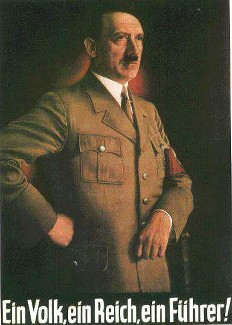 |
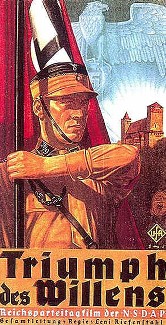 |
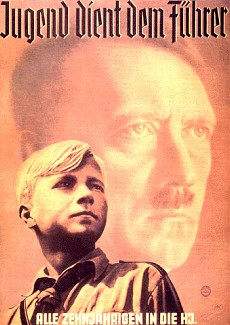 |
|
|
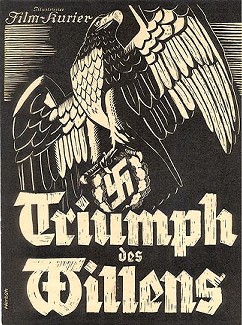 |
|
Theatrical Release: March 28, 1935
Reviews More Reviews DVD Reviews
Comparison:
|
Synapse Films (SE - New) - Region 0 - NTSC vs. Connoisseur/Meridian Region 0 - NTSC vs. Synapse Films (SE - Old) - Region 0 - NTSC vs. vs. Kino Video (Life of Leni Riefenstahl) - Region 0 - NTSC vs. Synapse - Region FREE - Blu-ray |
Big thanks to Enrique B Chamorro and for the DVD Screen Caps!
|
1) Synapse Films (SE - New) - Region 0 - NTSC LEFT 2) Connoisseur/Meridian Region 0 - NTSC SECOND 3) Synapse Films (SE - Old) - Region 0 - NTSC THIRD 4) Kino Video (Life of Leni Riefenstahl) - Region 0 - NTSC FOURTH 5) Synapse - Region FREE - Blu-ray - RIGHT
|
| Box Covers |
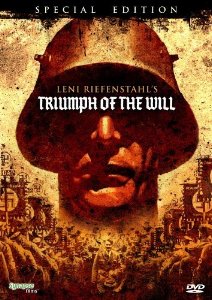
|
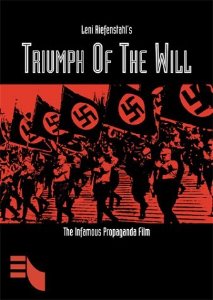
|
|
|
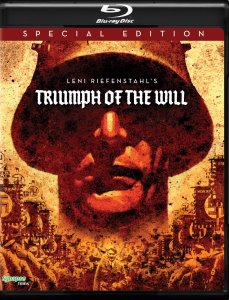
|
|
Distribution |
Synapse Films Region 0 - NTSC |
Connoisseur/Meridian Region 0 - NTSC |
Synapse Films Region 0 - NTSC |
Kino
Video |
Synapse Region FREE - Blu-ray |
| Runtime | 1:50:20 | 1:48:56 | 1:50:24 | 3:08:18 | 1:50:55.774 |
| Video |
1.33:1 Original Aspect Ratio Average Bitrate: 7.91 mb/s NTSC 704x480 29.97 f/s |
1.33:1 Original Aspect Ratio Average Bitrate: 5.4 mb/s NTSC 704x480 29.97 f/s |
1.33:1
Original Aspect Ratio |
1.33:1
Original Aspect Ratio |
1.33:1 - 1080P Dual-layered Blu-ray Disc Size: 32,987,108,689 bytes Feature: 28,387,470,720 bytes Codec: MPEG-4 AVC VideoTotal Average Bitrate: 30.00 Mbps |
|
NOTE: The Vertical axis represents the bits transferred per second. The Horizontal is the time in minutes. |
|||||
|
Bitrate:
Synapse Films (SE- NEW) |
|
||||
|
Bitrate: Connoisseur / Meridian
|
|
||||
|
Bitrate:
Synapse Films (SE-OLD)
|
|
||||
|
Bitrate:
Kino Video (Life of Leni Riefenstahl)
|
|
||||
|
Bitrate:
Kino Video (Life of Leni Riefenstahl)
|
|
||||
| Audio | German DD 2.0 | German DD 2.0 | German DD 2.0 |
German DD 2.0 |
DTS-HD
Master Audio German 2075 kbps 2.0 / 48 kHz / 2075 kbps / 24-bit (DTS
Core: 2.0 / 48 kHz / 1509 kbps / 24-bit) Dolby Digital Audio English 192 kbps 2.0 / 48 kHz / 192 kbps |
| Subtitles | English, none | English (non-removable) | English, none | English, none | English, French, Spanish, Japanese none |
|
Features |
Release Information:
Aspect Ratio:
Edition Details: Chapters 18 |
Release Information:
Aspect Ratio:
Edition Details: Keepcase Chapters 10 |
Release Information:
Aspect Ratio:
Edition Details: Chapters 18 |
Release Information:
Aspect Ratio:
Edition Details:
DVD
Release Date: 04/27/99 Chapters 23 |
Release Information: Studio: Synapse
1.33:1 - 1080P Dual-layered Blu-ray Disc Size: 32,987,108,689 bytes Feature: 28,387,470,720 bytes Codec: MPEG-4 AVC VideoTotal Average Bitrate: 30.00 Mbps
• Day of Freedom (17:02) • 4 page insert
Black Blu-ray case Blu-ray Release Date: December 15th, 2015 Chapters: 19 |
| Comments |
NOTE:
The below
Blu-ray captures were
taken directly from the
Blu-ray
disc.
ADDITION: Synapse - Region FREE -
Blu-ray
Audio is 24-bit lossless in original German - the English subtitles for German text seem mandatory but there are also optional for narration in English, French, Spanish and Japanese in a fairly large font. The disc is region FREE. The sound is, likewise suffering from imperfections but I wouldn't say it was un-listenable and the uncompressed brings the better qualities out. Extras duplicate Synapse's 2001 package - described by Enrique as "The real gem is the commentary track by Dr. Santoro, a professor of history at Christopher Newport University in Virginia (bio HERE) It is filled with fact and perspective. Watching Triumph without the commentary can be difficult even for the best historians, the names to the faces have faded over the years so Dr. Santoro's even tempered tone helps fill in any gaps a viewer many have. Given the fact that Dr. Santoro and Dr. Gushue (fluent in Spanish & German) are credited with doing the English subtitles, I can only assume they are detailed enough. When compared to subtitle examples in the documentary they appear to hold their own or compared to the English script text HERE. Also included is Leni's short 17 min. film Day of Freedom. The short is in far poorer quality and no commentary or subtitles are provided for the viewer. A short critical essay by Roy Frumkes, editor of Films in Review is printed on the insert." It remains one of those historical artefacts that seems... surreal - almost like a fabrication. You behold the enormity once you start your viewing. 'Fascinating' is an understatement. Watching Triumph of the Will can put many aspects of your life in perspective - how inconsequential they seem to such inspired mass momentum of Nationalistic fervor. We are one unusual species. *** ADDITION - Synapse DVD - 2006 release: Well, new menus, new cover, white subtitles as opposed to yellow and further digital cleaning appear to be the differences that I see from the old Synapse release to the new one. You can note that much of the wear and detritus on the previous version is now gone. The new image also may be a shade darker (less boosted) - but it is negligible. Both are pictureboxed and have some contrast boosting - at the time of this writing the old release is $0.20 less expensive - but I prefer white subs and the slightly cleaner picture - so I say 'go for the new release'. Extras, commentary and content are the same.Gary Tooze ***
First concerning the Synapse DVD; |
DVD Menus
(Synapse Films (SE - New) - Region 0 - NTSC LEFT vs. Connoisseur/Meridian Region 0 - NTSC RIGHT)
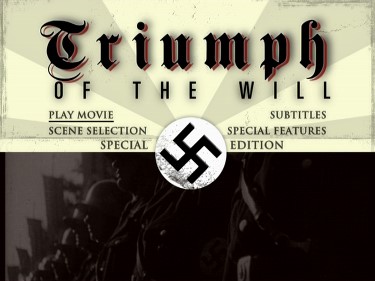 |
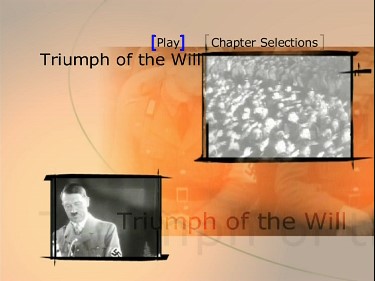 |
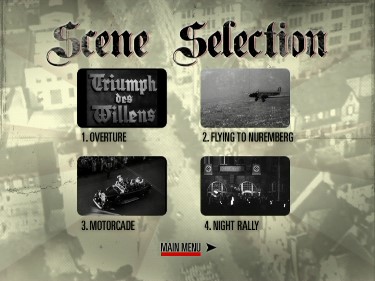 |
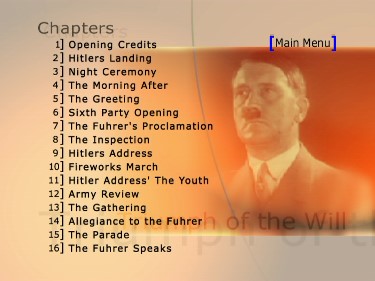 |
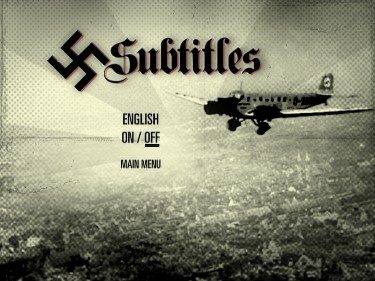 |
|
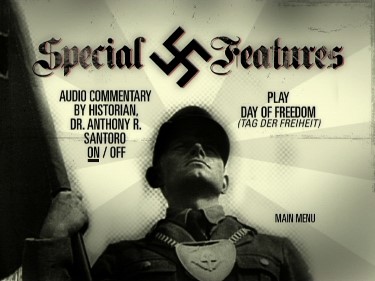 |
|
|
|
(Synapse Films (SE- old) - Region 0 - NTSC -
LEFT vs. Kino Video (Life of Leni Riefenstahl) - Region 0 - NTSC -
RIGHT)
|
|
|
|
|
|
|
|
Synapse - Region FREE - Blu-ray
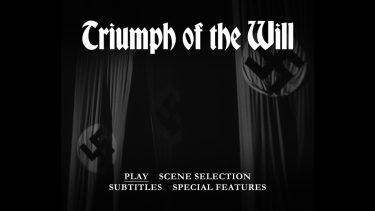 |
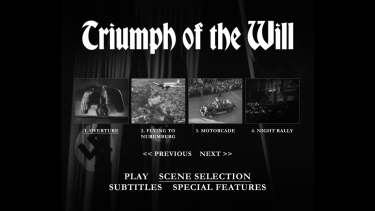 |
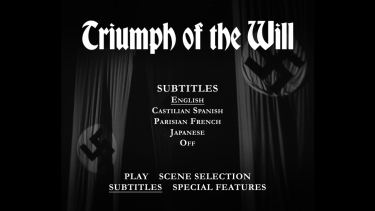 |
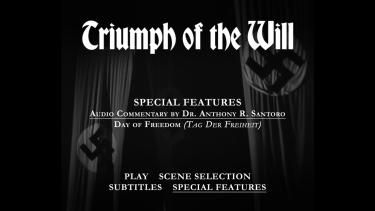 |
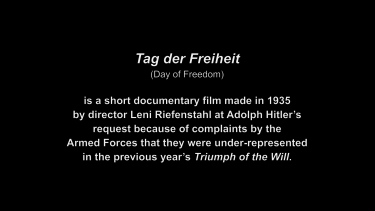 |
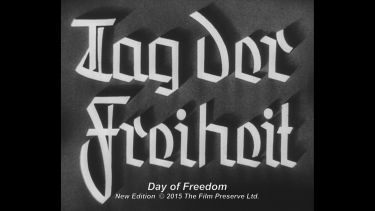 |
| Chapter | Date | Notes | |
| Overture | Text by Walter Ruttmann, Music by Herbert Windt | ||
| Flying to Nuremberg | 4-Sep-1934 | Cloud shots like The Blue Light, Obj. 3rd Person POV, Rhythmical alternation of object and spectator | |
| Motorcade | 4-Sep-1934 | Hitler's POV, bodyguards filmed like Arno Breker's statues, close-ups of guards hands, etc "dissection of detail" | |
| Night Rally | 4-Sep-1934 | Night scene like The White Hell of Piz Palu, night shooting still being developed so LR used aerial searchlights | |
| Youth Encampment | 7-Sep-1934 | City of Nuremberg scenes like Ruttman's Berlin Symphony of a Great City | |
| Farmer's March | ?? | Folk music changes to the Nazi anthem when Hitler enters, German's potential wealth available to Hitler | |
| Labor Front Men | ?? | "Statues on film" used, everyone snaps to attention with Hitler's "Heil" salute (brings life to the statutes) | |
| Congress Hall of the NSDAP | 4 - 8, Sept, 1934 | Scene opens with floodlit eagle grasping a swastika at night but the rally started during the morning | |
| Without footage Streicher's speech was refilmed in Berlin and added, short speeches more to introduce new leaders | |||
| Reich Labor Service Review | 6-Sep-1934 | Labor Corps was Hitler's solution to unemployment, portrays national support for Hitler | |
| Viktor Lutze Addresses the S.A. | ?? | Lutze being endorsed as new SA chief after Rohm's assassination | |
| Hitler Youth Rally | 8-Sep-1934 | Sound level builds until Hitler's appearance for dramatic effect, alt. views of Hitler and telephoto close-ups of youths | |
| Reichswehr Review | 10-Sep-1934 | Footage by LR camera crew spoiled by rain, UFA newsreel footage used instead and edited in by LR | |
| Night Rally of Political Leaders | 7-Sep-1934 | Out of shape bureaucrats allowed to carry flags, Hitler's speech is the only human visible so the nation is faceless | |
| SA and SS Review | 9-Sep-1934 | LR uses a special elevator to get an extreme high angle shot similar to long shots in The Blue Light | |
| Consecration of the flags with the original Nazi "blood flag" creates a quasi-religious Nazi mythology | |||
| Grand Review of NSDAP | 9-Sep-1934 | Unusual camera angles with long to medium then close ups and then in reverse to pull back to Hitler adds interest | |
| Liebstandarte Bodyguard | 9-Sep-1934 | ||
| Closing Ceremonies | 10-Sep-1934 | Film culminates in Hitler's speech being the most emotional bring the viewer into the closest connection | |
| NSDAP Hymn | Film ends with marchers dissolving into a cloud backdrop in full circle of the cloud opening becoming quasi-religious |
Screen Captures
|
1) Synapse Films (SE - New) - Region 0 - NTSC TOP 2) Connoisseur/Meridian Region 0 - NTSC SECOND 3) Synapse Films (SE - Old) - Region 0 - NTSC THIRD 4) Kino Video (Life of Leni Riefenstahl) - Region 0 - NTSC FOURTH 5) Synapse - Region FREE - Blu-ray - BOTTOM |
Hitler's POV used during the motorcade to get the viewer to identify with him.
|
|
|
|
|
|
|
|
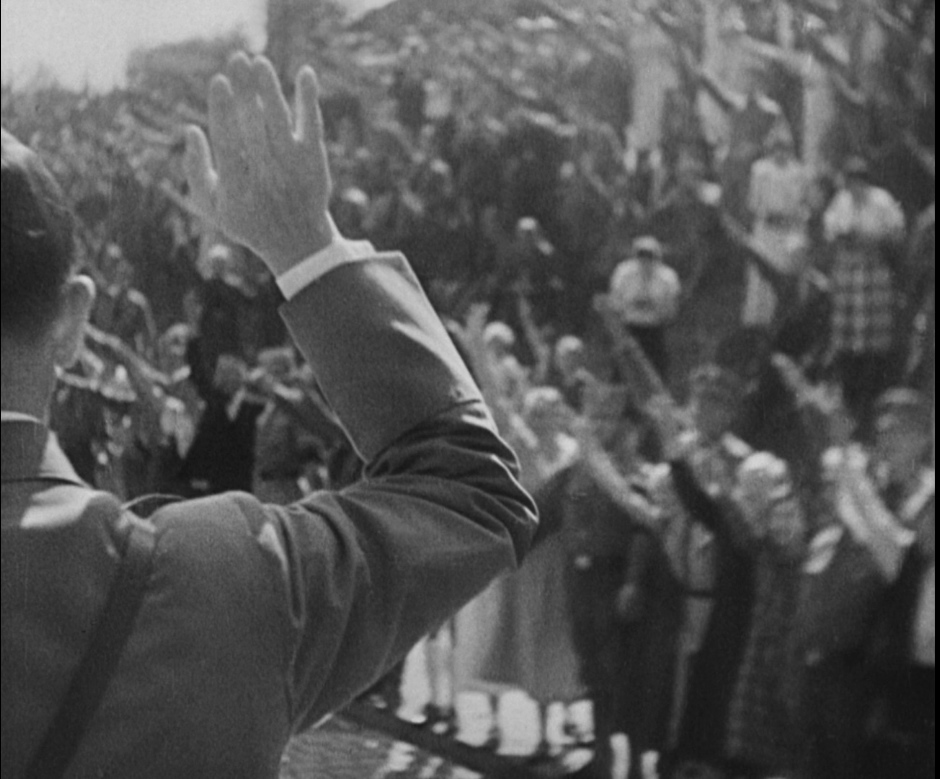 |
|
1) Synapse Films (SE - New) - Region 0 - NTSC TOP 2) Connoisseur/Meridian Region 0 - NTSC SECOND 3) Synapse Films (SE - Old) - Region 0 - NTSC THIRD 4) Kino Video (Life of Leni Riefenstahl) - Region 0 - NTSC FOURTH 5) Synapse - Region FREE - Blu-ray - BOTTOM |
Long shot of motorcade, note no camera in the car with Hitler required to film the POV perspectives suggests multiple "dry runs" of the motorcade for each angle.
|
|
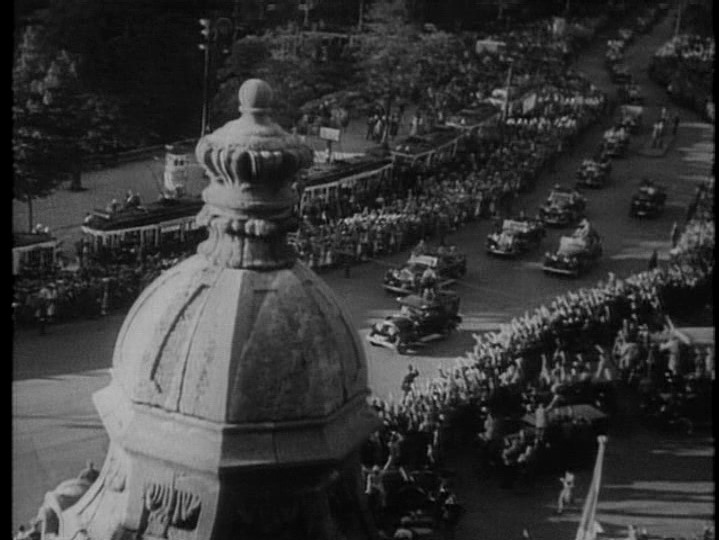 |
|
|
|
|
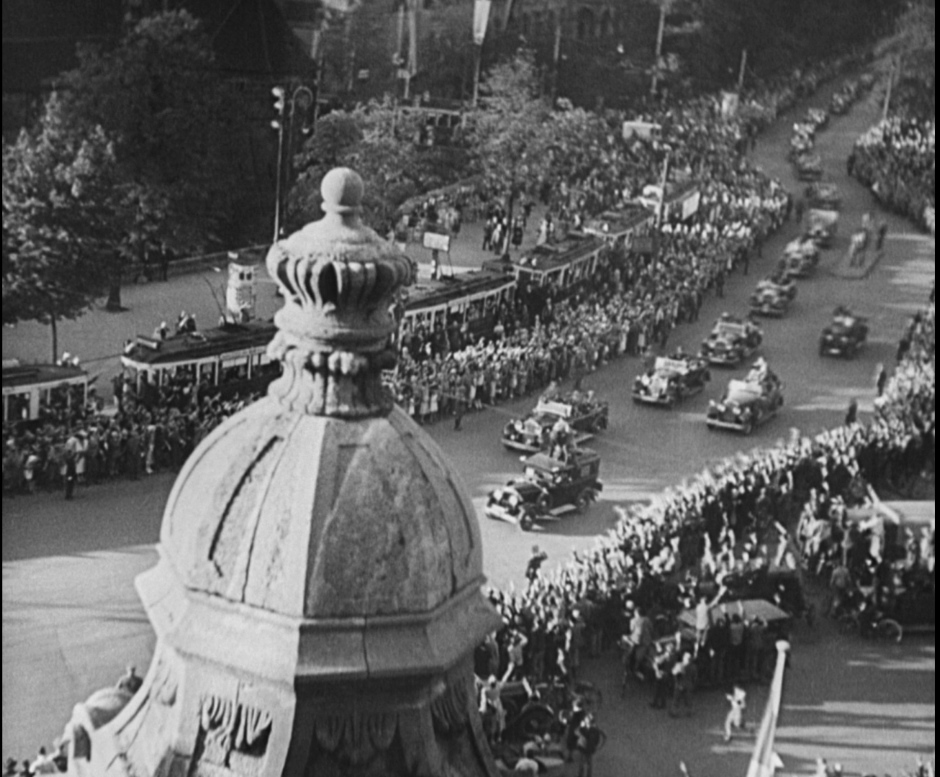 |
|
1) Synapse Films (SE - New) - Region 0 - NTSC TOP 2) Connoisseur/Meridian Region 0 - NTSC SECOND 3) Synapse Films (SE - Old) - Region 0 - NTSC THIRD 4) Kino Video (Life of Leni Riefenstahl) - Region 0 - NTSC FOURTH 5) Synapse - Region FREE - Blu-ray - BOTTOM |
Beauty of Nuremberg shown like other "city symphony" films. The rally film looking like other travel log documentaries adds credibility to the film.
|
|
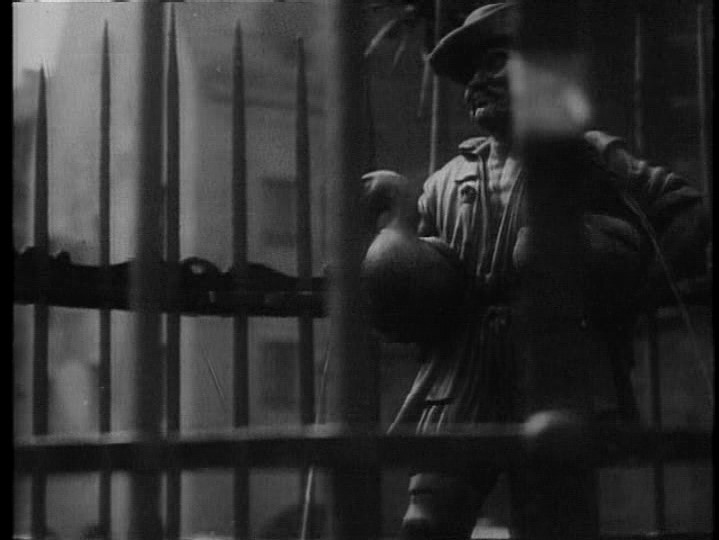 |
|
|
|
|
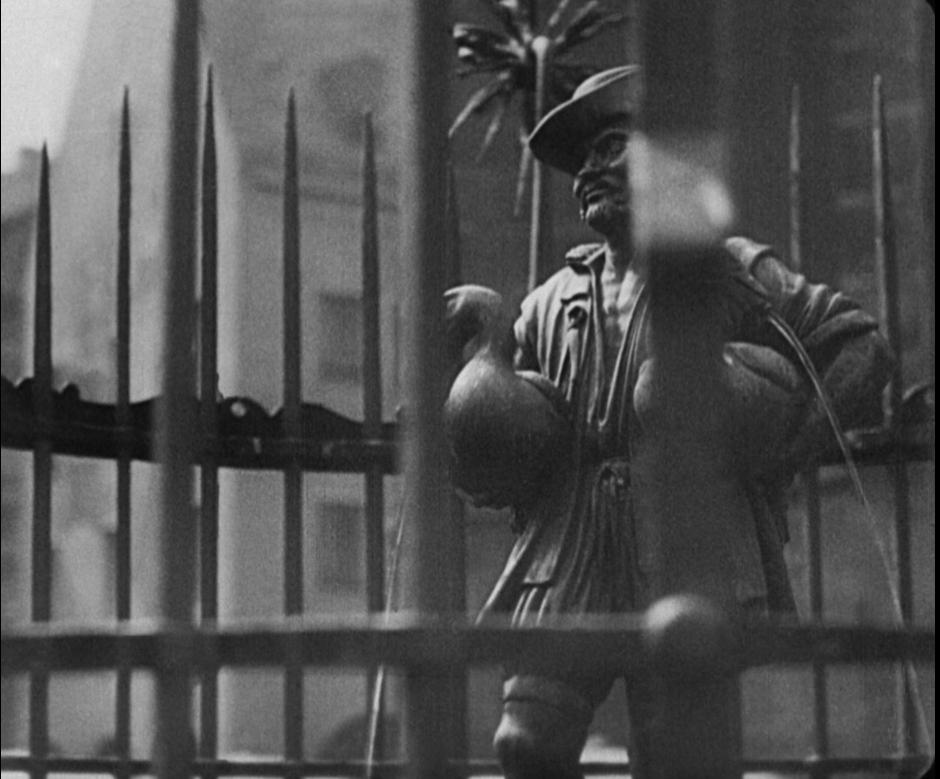 |
|
1) Synapse Films (SE - New) - Region 0 - NTSC TOP 2) Connoisseur/Meridian Region 0 - NTSC SECOND 3) Synapse Films (SE - Old) - Region 0 - NTSC THIRD 4) Kino Video (Life of Leni Riefenstahl) - Region 0 - NTSC FOURTH 5) Synapse - Region FREE - Blu-ray - BOTTOM |
Labor Corp depicted as being productive and ready to work, an answer to unemployment and the undercurrent as a potential ready army.
|
|
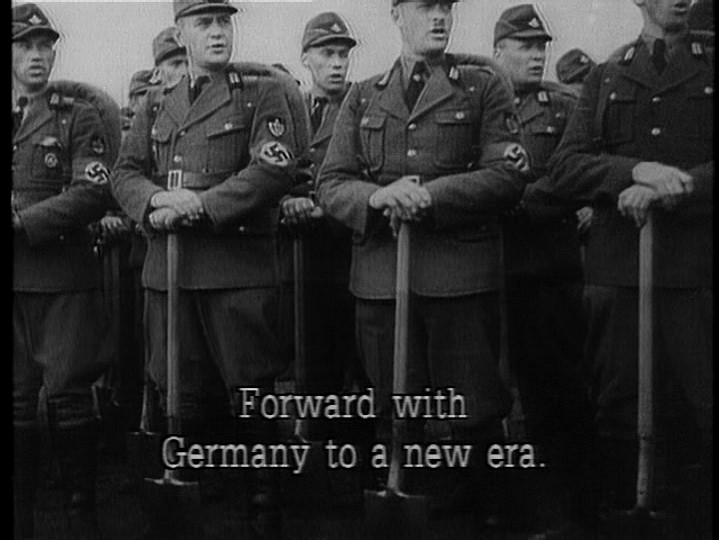 |
|
|
|
|
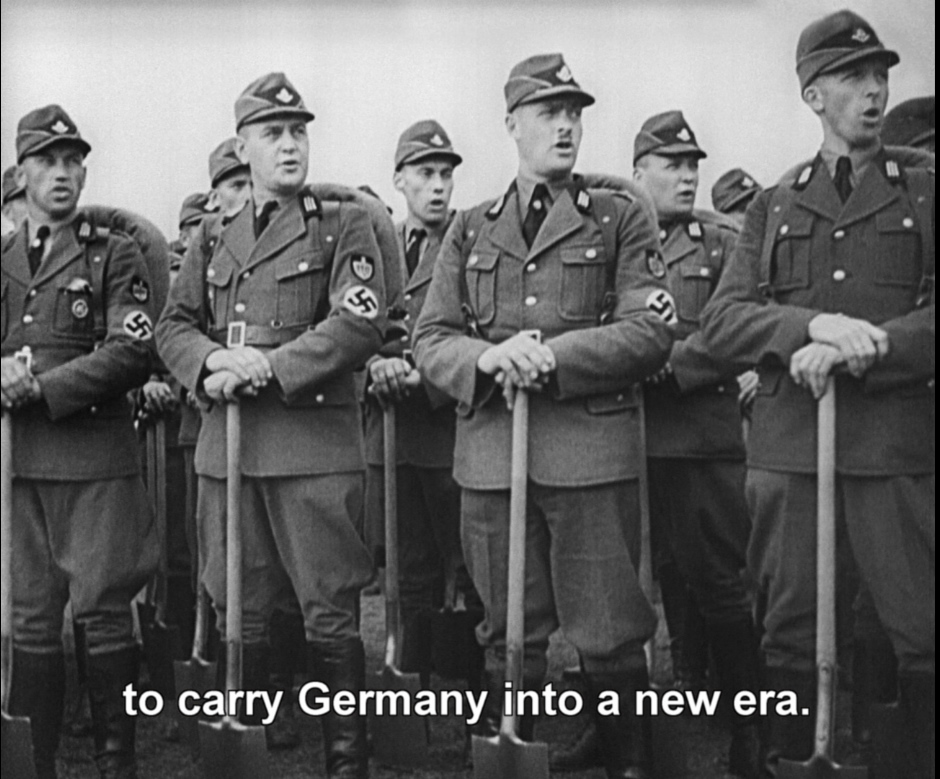 |
|
1) Synapse Films (SE - New) - Region 0 - NTSC TOP 2) Connoisseur/Meridian Region 0 - NTSC SECOND 3) Synapse Films (SE - Old) - Region 0 - NTSC THIRD 4) Kino Video (Life of Leni Riefenstahl) - Region 0 - NTSC FOURTH 5) Synapse - Region FREE - Blu-ray - BOTTOM |
Roll call of cities ready to join Hitler conveys national unity and projects a level of religious devotion.
|
|
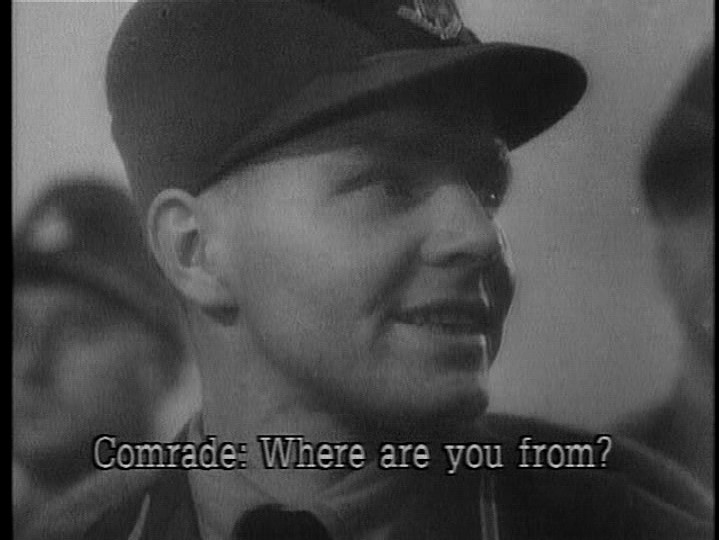 |
|
|
|
|
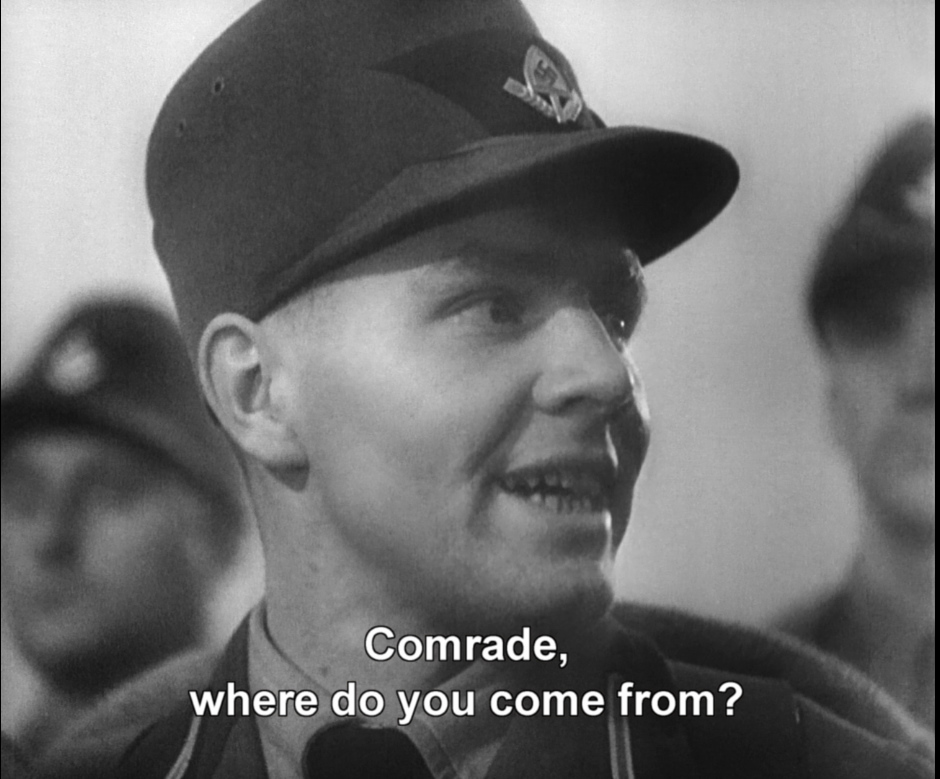 |
|
1) Synapse Films (SE - New) - Region 0 - NTSC TOP 2) Connoisseur/Meridian Region 0 - NTSC SECOND 3) Synapse Films (SE - Old) - Region 0 - NTSC THIRD 4) Kino Video (Life of Leni Riefenstahl) - Region 0 - NTSC FOURTH 5) Synapse - Region FREE - Blu-ray - BOTTOM |
Thousands of flag bearers matching into the stadium was filled from atop a high elevator.
|
|
|
|
|
|
|
|
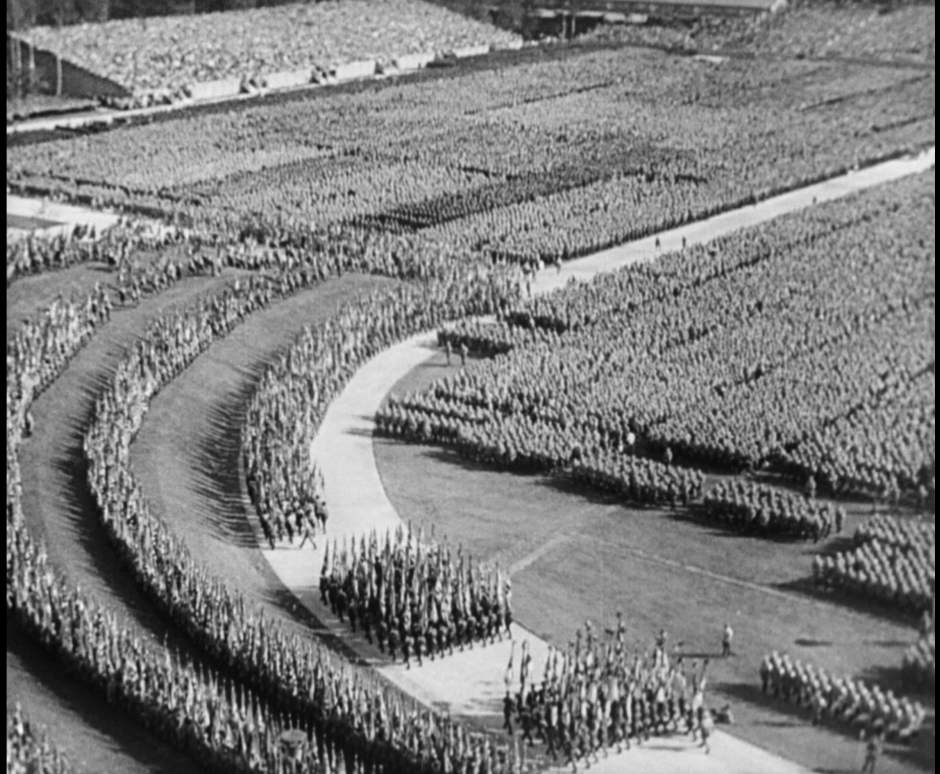 |
|
1) Synapse Films (SE - New) - Region 0 - NTSC TOP 2) Connoisseur/Meridian Region 0 - NTSC SECOND 3) Synapse Films (SE - Old) - Region 0 - NTSC THIRD 4) Kino Video (Life of Leni Riefenstahl) - Region 0 - NTSC FOURTH 5) Synapse - Region FREE - Blu-ray - BOTTOM |
Editing of Hitler's speech conveys the mounting excitement of the event. His statements are inter-cut with views of the audience rousing approval.
|
|
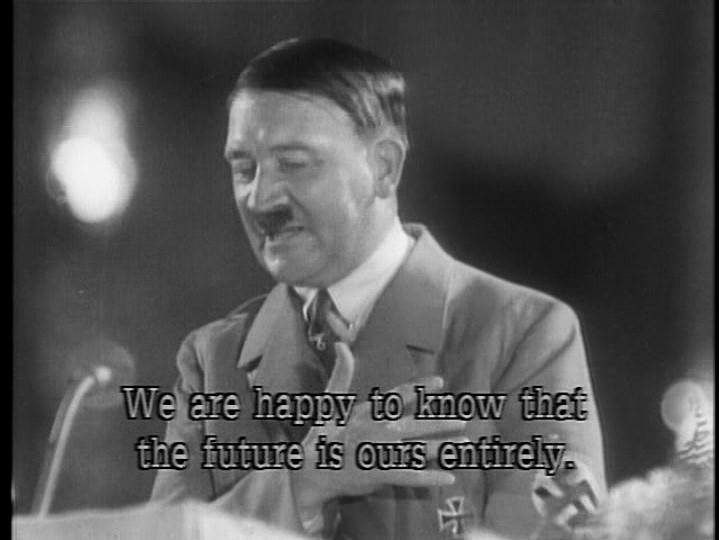 |
|
|
|
|
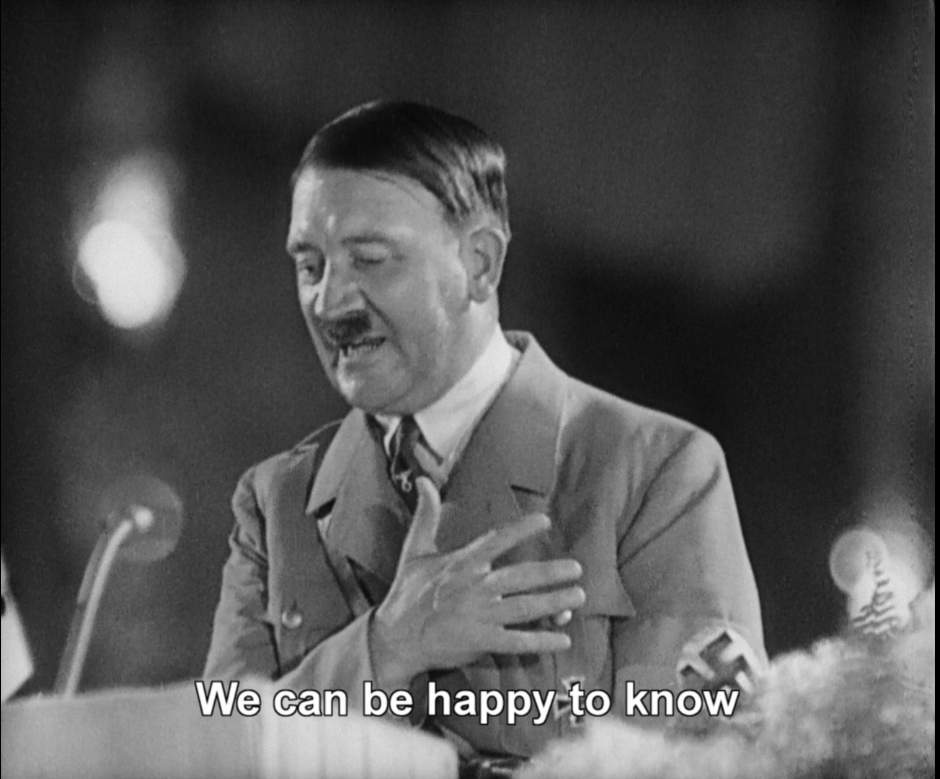 |
Behind the scenes photos
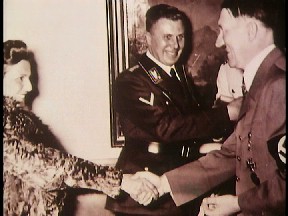 |
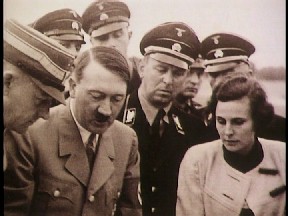 |
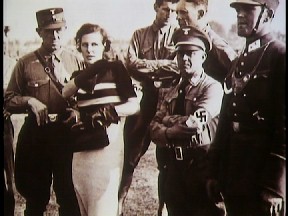 |
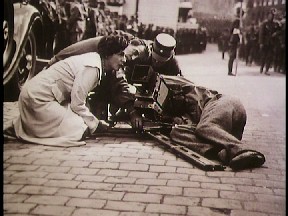 |
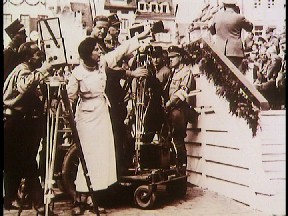 |
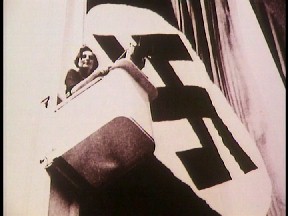 |
Report Card:
DONATIONS Keep DVDBeaver alive and advertisement free:
CLICK PayPal logo to donate!
|
Gary Tooze |
|


